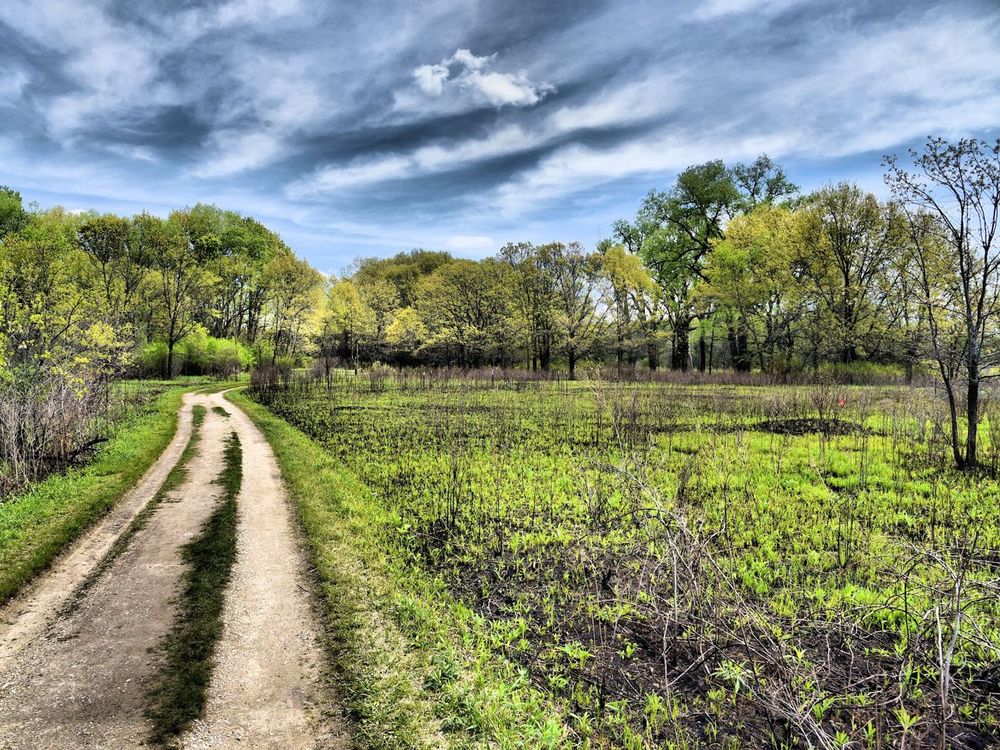Founded by UW–Madison as a “living laboratory,” the Arboretum turns 1,200+ acres of prairie, oak savanna, wetland, and woodland into hands-on education for all ages. Free daily access, seasonal guided walks, and nationally influential restoration work (think Curtis Prairie and prescribed burns) make this one of Madison’s most inspiring places to learn outdoors.
The Experience
Frequently Asked Questions
About University of Wisconsin–Madison Arboretum
Established in the mid‑1930s by UW–Madison, the Arboretum was conceived as a living laboratory rather than a formal botanical garden. Aldo Leopold’s conservation philosophy helped shape its mission: restore native plant communities and teach stewardship through hands-on experience.
Early crews from New Deal programs built trails, stonework, and ponds, laying the groundwork for restoration experiments that continue today. Much of the land had been farmed and degraded, making it an ideal canvas to re-create prairie, oak savanna, and wetland systems.
Over the decades, small demonstration plots grew into nationally influential restorations like Curtis Prairie. The Arboretum became a model for seed sourcing, prescribed burning, and long-term ecological monitoring.
Today, visitors step into a mosaic of prairie, savanna, sedge meadow, and woods threaded with easy trails and boardwalks. The Visitor Center at 1207 Seminole Hwy anchors the experience with exhibits, maps, and seasonal programs.
Prescribed burns in spring, volunteer workdays, and guided walks keep the landscape dynamic and the community engaged. It’s a place where research, teaching, and public enjoyment meet—Madison’s outdoor classroom in full view.
Area Intelligence
Traffic & Timing
Seminole Hwy and nearby corridors are busiest during commuter peaks (7–9 a.m., 4–6 p.m.). Weekend late mornings see the heaviest lot use at the Visitor Center; spring–fall construction around Madison can slow approaches, especially May–September.
Tourism Patterns
Peak nature visitation runs late spring through fall. Expect the busiest windows on sunny Saturdays 10 a.m.–2 p.m., with quieter conditions on weekday mornings and late afternoons.
Walkability & Crowds
Inside the Arboretum, trails are pedestrian-focused and easy to moderate; bordering roads like Seminole Hwy have narrow shoulders, so use designated paths into the grounds. Crowds cluster near the Visitor Center loops; longer spurs thin out quickly.
Safety Assessment
Best visited in daylight; several back loops feel isolated and have spotty cell service. Stay on marked trails, watch for posted burn/closure signs, and plan extra time after rain when low-lying paths turn muddy.
Madison’s Arboretum Is a Living Classroom
The Final Verdict
Your guide to making the right choice
Perfect for
Families, educators, and curious students who want hands-on, outdoor learning—guided walks, restoration volunteering, and self-guided explorations across prairie and savanna.
Consider elsewhere if
You need indoor classrooms, extensive paved loops, or guaranteed parking at peak times; the Arboretum’s natural surfaces, variable weather, and small lots reward early, well-prepared visitors.

